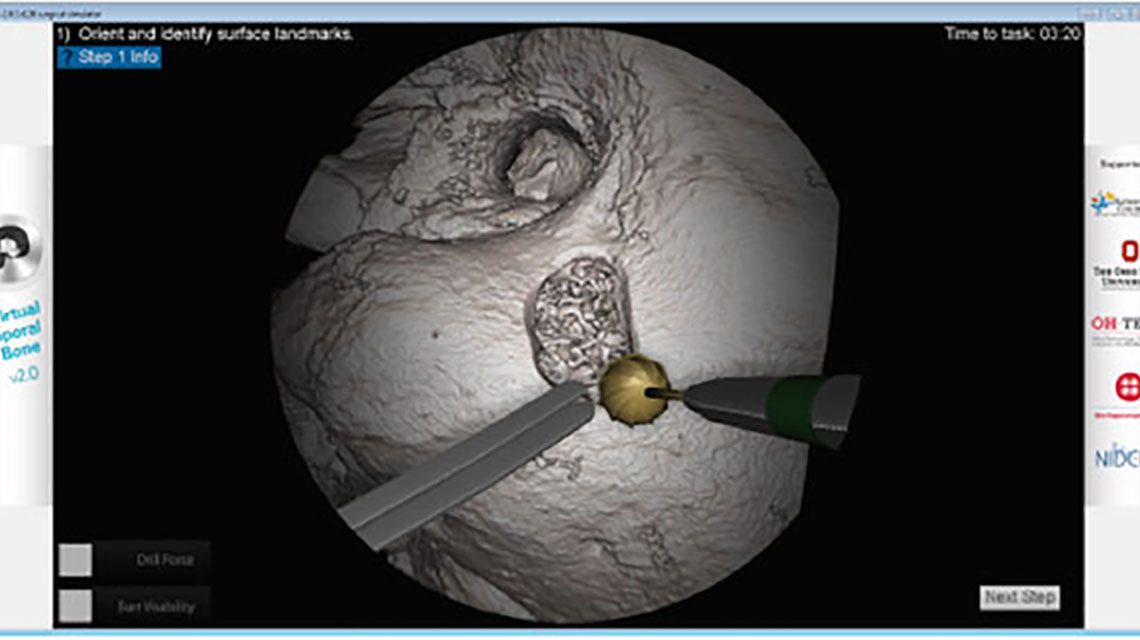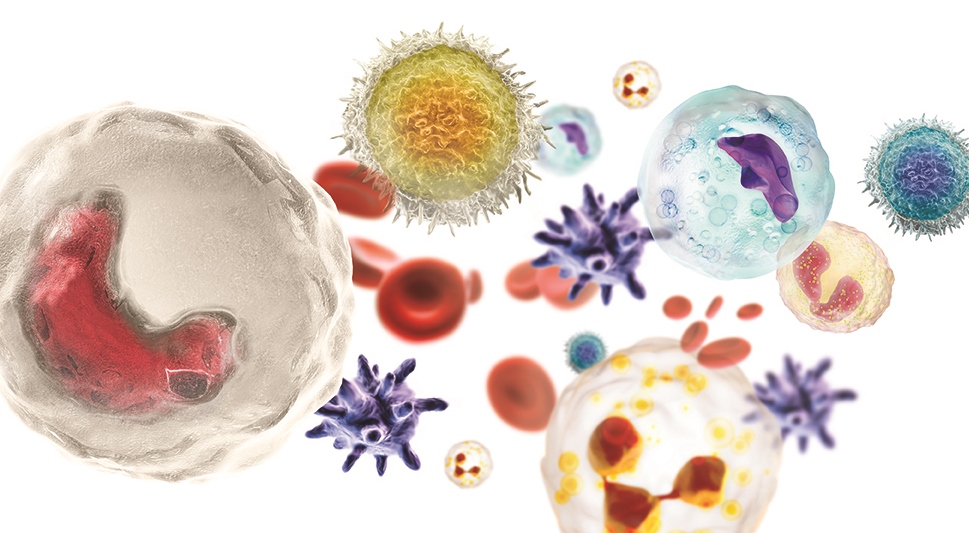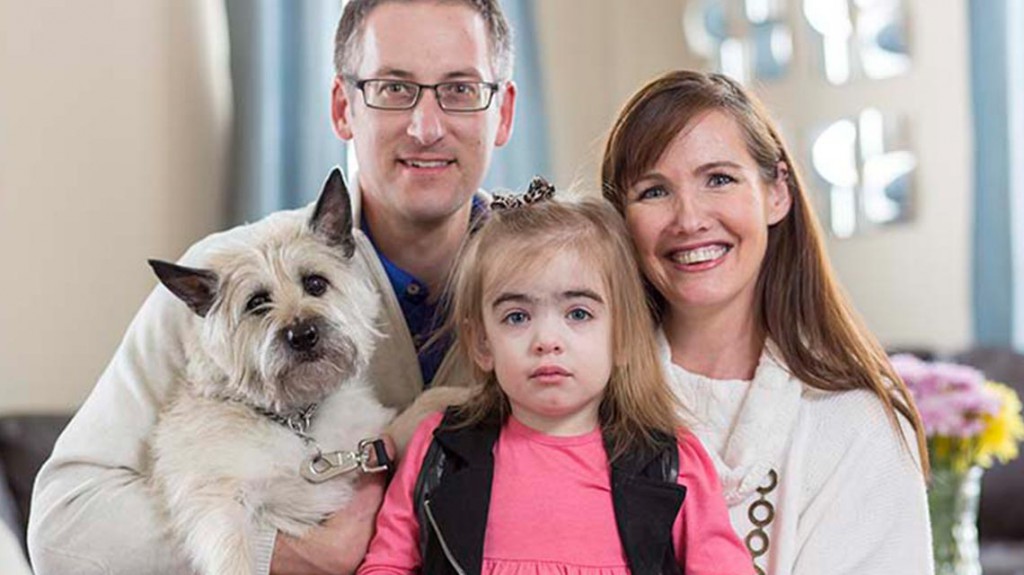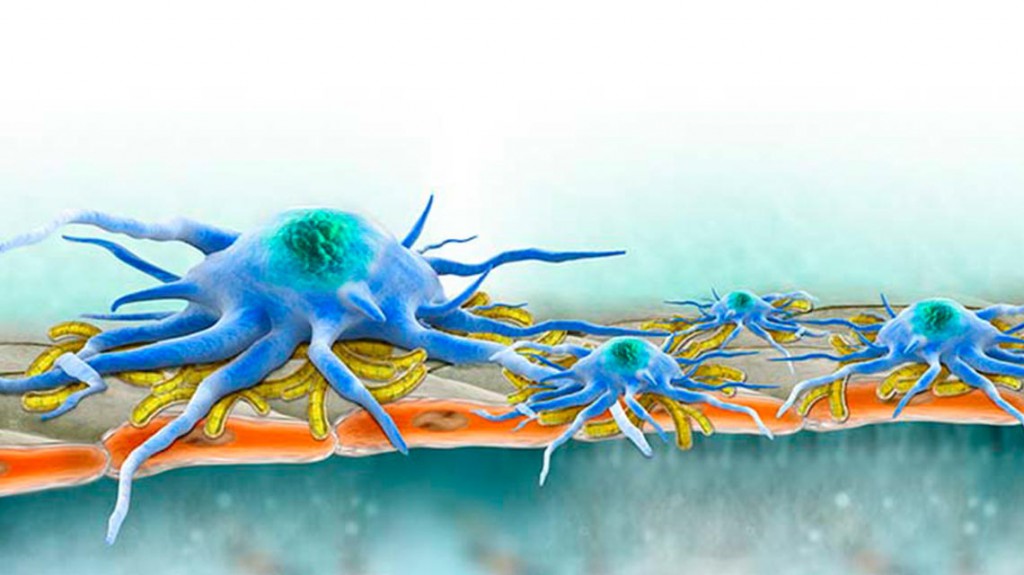Discovery to Drug Development: Expanding the Role of Academic Centers
Discovery to Drug Development: Expanding the Role of Academic Centers https://pediatricsnationwide.org/wp-content/uploads/2017/04/DSC_1346_Small-header-1024x575.gif 1024 575 Abbie Miller https://pediatricsnationwide.org/wp-content/uploads/2023/05/051023BT016-Abbie-Crop.jpgAs more researchers at academic centers become involved in drug development, institutions are responding with support and guidance. Researchers at academic institutions regularly make discoveries about disease processes and potential therapeutic agents. Translational medicine is focused on moving these discoveries out of the laboratory and into the clinic where they can potentially help patients. But…















